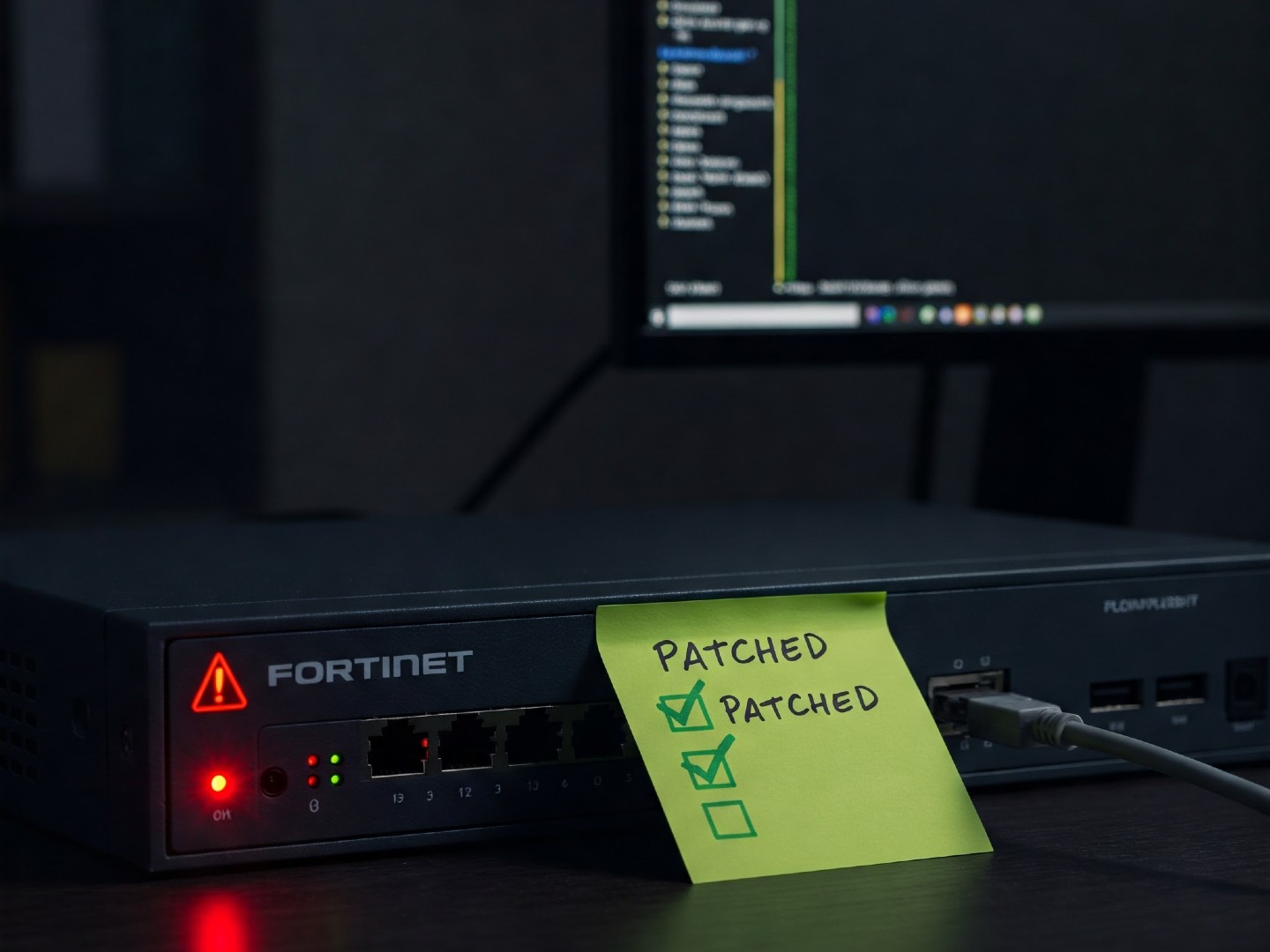AI-Powered Cyberattacks Demand a Rapid Security Response
The cybersecurity landscape is transforming at breakneck speed, thanks to artificial intelligence. Malicious actors are leveraging AI to automate early-stage reconnaissance, craft highly convincing phishing campaigns, and even discover and exploit software flaws faster than security patches can be deployed. Security teams, already struggling to sift through a deluge of data and alerts, face a daunting challenge. While AI offers potential solutions for defense, security professionals must quickly master these technologies to stay ahead of the curve and effectively counter AI-driven threats.

Let's face it, AI is transforming cybersecurity at warp speed. It's not just a future trend; it's happening now. Attackers are already leveraging AI to automate their reconnaissance, create incredibly convincing phishing scams, and even exploit vulnerabilities before many security teams can even react. Think about it: they're using AI to find the cracks in your armor before you even know they exist.
Meanwhile, on the defensive side, security teams are drowning in a sea of data and alerts. Sifting through it all to identify genuine threats feels like finding a needle in a haystack. AI promises a way to even the odds, but here's the catch: security pros need to learn how to wield it effectively.
Organizations are starting to weave AI into their security processes – from digital forensics to vulnerability scanning and endpoint protection. AI lets them process way more data than ever before, turning those old security tools into powerful intelligence hubs. It's proven it can speed up investigations and uncover hidden attack routes. However, many companies are still hesitant to jump in headfirst. Why?
Well, some AI models are being rolled out so fast that they're not properly tested. Few organizations have solid security guidelines or audits in place for these new AI systems. This means AI could actually increase risks, especially when it comes to privacy and data security. There's a real need for a stronger security culture around AI implementation. On the flip side, you've got companies banning AI altogether due to fear and a lack of understanding. It's a balancing act: decreasing risk, staying competitive, cutting costs, and making lightning-fast decisions. One wrong move, and the whole organization could be in serious trouble.
One of the biggest stumbling blocks? The shortage of cybersecurity professionals who really understand how to apply AI. Security teams need to stay on top of AI developments practically every hour, because attackers are adapting in minutes. You can't wait for the textbook to be written – by the time it's published, it's already outdated! The organizations that embrace AI now are going to have a huge advantage.
That's why the SANS Institute is offering Applied Data Science & Machine Learning for Cybersecurity. This course is designed to give security professionals the core understanding of AI and machine learning so that they can better defend their organizations. This hands-on training will show you how to build AI and machine learning models for threat detection, automate security tasks, and improve threat intelligence. You don't need to be a data science guru to take the course – just have a passion for learning and applying AI.
If you're ready to level up your skills, SANSFIRE 2025 is the place to be. It's happening June 16-21, 2025, in Washington, D.C., bringing together top cybersecurity experts for hands-on training, live labs, and in-depth discussions. You can take the SEC595: Applied Data Science & Machine Learning for Cybersecurity course there and get hands-on experience with AI-driven security.
Cybersecurity is changing fast, and we need to keep up. The real question isn't whether AI will play a role in security, but who will master it first. Want to stay ahead of the game? Then join us at SANSFIRE 2025. Check out SANS for more information and register for SANSFIRE at SANSFIRE 2025.
Note: This article is written and contributed by Rob T. Lee, Chief of Research at the SANS Institute.




